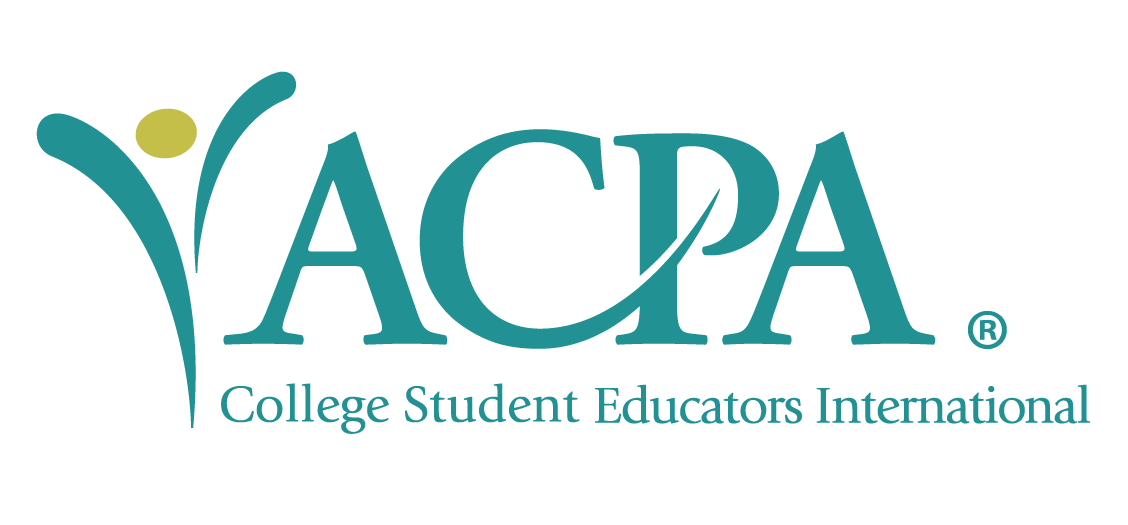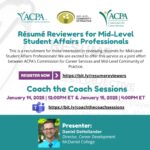Wednesday, 7 November 2018 – 6:08pm
Making it Stick: Strategies for Engaging Students Returning from Spring Break Service Trips
Andrew Haggerty, Calvin College: Associate Director, Service-Learning Center
College students since the 1980s have chosen to forgo what is seen as a “traditional” spring break experience by instead participating in “alternative” spring break, spending their weeklong break doing service in a community with a local non-profit (Piacitelli, Barwick, Doerr, Porter, & Sumka, 2013). The field of service-learning has grown since that time, and has caused these service breaks to become more popular and institutionalized, as well as change in size and scope. As a result of this growth, service break programs have increased their focus on student development in addition to their focus on benefiting the communities they serve. Programs today often have explicitly stated learning and development outcomes for the student participants, and some programs are even integrated into the curriculum.
A key component of service break programs to achieve student learning goals is the reorientation process, or what happens when students return from the trip. Many programs include a welcome back reception, a follow-up service project, or other initiatives to help students stay mindful of their trip and consider ways to connect their service break experience to their home communities. However, most service break program advisors identify reorientation as a significant challenge due to student interest and availability, proximity to the end of the semester, lack of funding, and many other factors.
Promising Practices
Despite these barriers, scholars and professionals have established a variety of good practices to support student learning and development through reorientation.
Working Side By Side
In their guide for alternative break leaders, Sumka, Porter, and Piacitelli (2015) identify seven goals of reorientation to keep in mind when designing programs: 1) Celebrate accomplishments, 2) Present or communicate experiences, 3) Provide a method of support and accountability for future growth, 4) Plan for future action and organization, 5) Stay connected with community partners, 6) Further personal connection on social issue, and 7) Educate or create a forum with the opportunity to teach others about an issue.
Changed for Life
Ver Beek, Van Engen, Livermore, and Van Engen (2016) provide in their Changed for Life curriculum resources for religious congregations participating in short-term trips that can also be helpful for college service break programs. They suggest three options for post-trip meetings: 1) Only those who went on the trip, 2) Open to all willing to join the process, or 3) First meeting only open to those on the trip, then integrate others committed to the partnership/initiatives in subsequent meetings. Further, they suggest that after 12 months of follow-up, group members should have the option to stop meeting. These suggestions offer interesting opportunities for inviting students who are unable to participate in service breaks to be a part of the learning and development of the broader service break program, as well as sustain interest beyond the remaining weeks of the semester after spring break.
University of Maryland: Activation April & Activation Academy
The University of Maryland offers a month of reorientation programming – which they call Activation – throughout April (Adele H. Stamp Student Union, 2018). This calendar of events highlights programs that are already occurring on campus relevant to focus issues of Alternative Breaks groups. As part of this, they also host Activation Academy, a day-long leadership workshop intended to help students identify ways to remain active citizens after graduation using elements of the social change wheel and adaptive leadership. The day ends with roundtables of students and invited alumni to bridge the gap between college and community.
William & Mary: Branch Out Reorientation Grants
The College of William & Mary offers grants of up to $1000 for student-designed projects, volunteer service expenses, and collaborative internships (William & Mary, 2018). Students are encouraged to apply for grants in groups, and expenses can go toward supplies and project needs, travel costs during local volunteering, and living expensive for students who are volunteering full-time.
St. Norbert College: “Moth” Talks at Celebrating Service
St. Norbert College hosts an annual Celebrating Service event where students, faculty, and community partners are invited to share stories how service has impacted their lives and the lives of others (St. Norbert College, 2018). The story-telling is inspired by The Moth, which has a model of five-minute, uninterrupted, note-free stories.
Eastern Michigan University: “I Break for Social Justice Gallery”
The Eastern Michigan University VISION Volunteer Center hosted an interactive gallery at a local café where students had the opportunity to creatively share how they are applying what they learned on their service break in their local community (EMU VISION Volunteer Center, 2017). This event was concurrent with First Fridays Ypsilanti, which is a self-guided monthly art and culture walk at multiple venues in the community.
Citations:
Adele H. Stamp Student Union (2018). Activation Academy. Retrieved from http://thestamp.umd.edu/leadership_community_service-learning/programs/m…
EMU Vision Volunteer Center (2017). EMU “I Break for Social Justice Gallery!” Retreived from https://www.evensi.us/emu-break-social-justice-gallery-20-washington-st/…
Piacitelli, J., Barwick, M., Doerr, E., Porter, M., & Sumka, S. (2013). Alternative break programs: From isolated enthusiasm to best practices – The Haiti Compact. In Journal of Higher Education Outreach and Engagement, 17(2), 87-110. Retrieved from http://openjournals.libs.uga.edu/index.php/jheoe/article/viewFile/1024/670
St. Norbert College (2018). Celebrating service stories. Retrieved from https://www.snc.edu/sturzlcenter/servicestories.html
Sumka, S., Porter, M., & Piacitelli, J. (2015). Working Side by Side: Creating alternative breaks as catalysts for global learning, student leadership, and social change. Sterling, VS: Stylus Publishing.
Ver Beek, K., Van Engen, J., Livermore, D., & Van Engen, L. (2016). Post-trip resources. Retrieved from bechangedforlife.org/CFL_Handout_Post-Trip-Resources/
William & Mary (2018). Branch Out reorientation grants. Retrieved from https://www.wm.edu/offices/oce/funding/reorientationgrants/index.php


Recent Comments